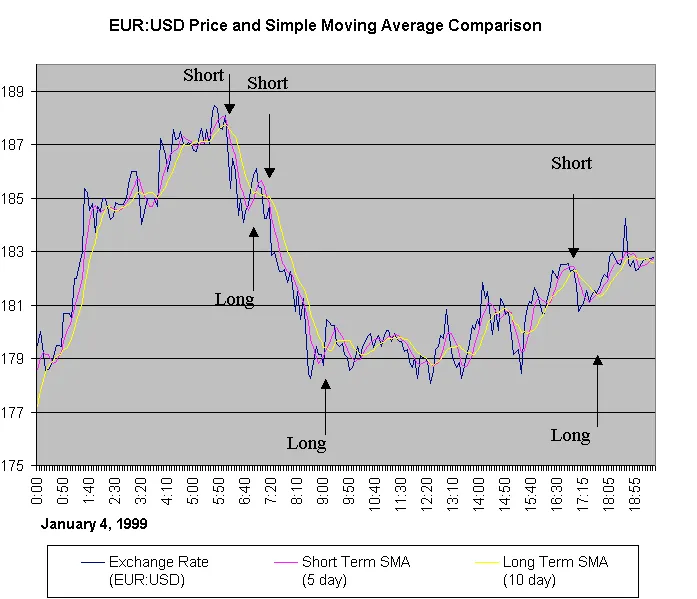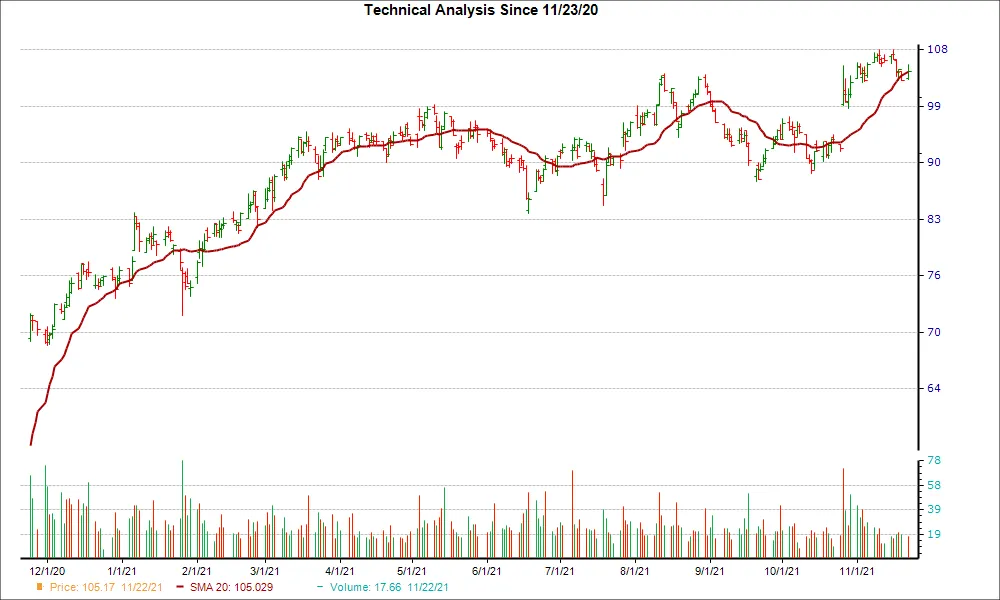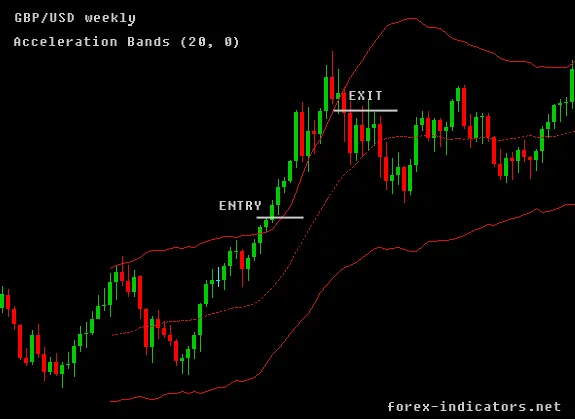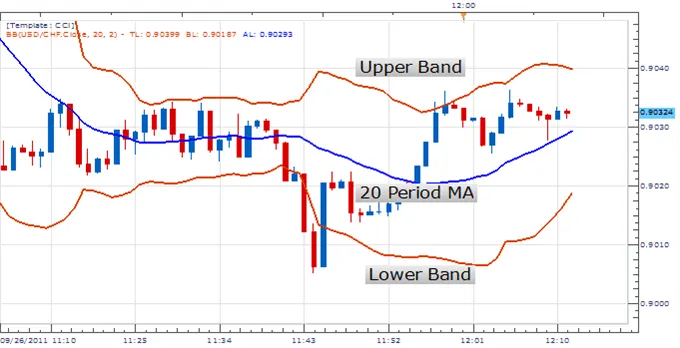What Benchmark Should You Use?
By Timothy Yslava | Reviewed by Samantha Baltodano
TL;DR:
When you are considering which benchmark is most appropriate for your portfolio, you should: determine the asset class of your portfolio, consider the size of your portfolio, consider your investment goals, research different benchmark options.
What Benchmark Should You Use?
There are several steps you can take to find the best benchmark for your portfolio:
Step 1. Determine the asset class of your portfolio:
The first step in finding a benchmark is to determine the asset class of your portfolio. Different asset classes, such as stocks, bonds, and commodities, have different benchmark indices.
For example, if your portfolio consists mainly of stocks, you may want to consider using a stock index as your benchmark.
Step 2. Consider the size of your portfolio:
Another factor to consider when choosing a benchmark is the size of your portfolio. If you have a small portfolio, you may want to consider using a benchmark that is more closely aligned with the size and composition of your portfolio.
For example, if your portfolio consists mainly of small-cap stocks, you may want to use a small-cap index as your benchmark.
Step 3. Consider your investment goals:
Your investment goals can also help determine which benchmark is most appropriate for your portfolio.
For example, if your goal is to outperform the overall market, you may want to consider using a broad-based index like the S&P 500 as your benchmark.
On the other hand, if your goal is to achieve a specific level of risk or return, you may want to consider using a more specialized index as your benchmark.
Step 4. Research different benchmark options:
Once you have identified the asset class, size, and investment goals of your portfolio, you can begin researching different benchmark options.
You can find information on different benchmark indices by visiting financial websites, consulting with a financial advisor, or consulting with your brokerage firm.
–
By following these steps, you can find the most appropriate benchmark for your portfolio and use it to measure and compare the performance of your investments.
Like what you read? Check out the rest of our content!




